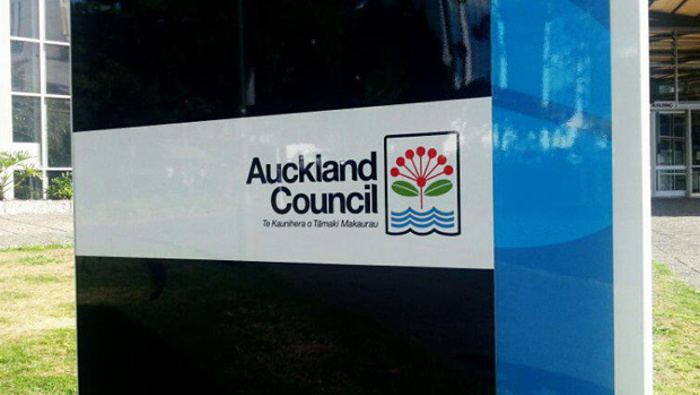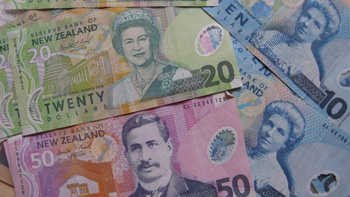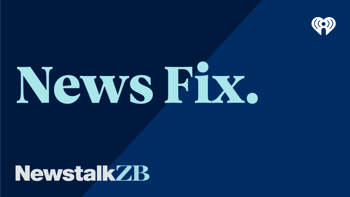Follow
the podcast on


A rates cap is one of those policies that immediately sounds appealing.
Look no further than yesterday’s CPI number. It’s one of your top three inflation feeders.
So, throw a cap on them. Tie their hands behind their backs. Reign 'em in!
Get rid of the hundred-thousand-dollar bike rack here, the million-dollar disco toilets there, the coffee machines for staff over there.
But in practice, how do actually make it work without starving these councils of revenue they actual need to fix the pipes?
I spoke to Ben Bell from Gore yesterday. He said almost 90% of council spending there goes on basics - pipes and roads.
The rest is "nice to haves". Libraries and swimming pools etc.
There’s no club sandwiches as council meetings. They're drinking instant coffee.
And yet, Gore’s rate increases have been double digit or close to it for several years. They’ll be close to double digits again this year.
Despite that, the good people of Gore have re-elected Bell for a second term.
So, we say we want lower rates, of course we do, but the question is what will it cost to us? Will capping them actually hurt us? Our local economies, productivity, efficiency.
Last week, Wayne Brown told me on Herald Now that Auckland could have a ZERO increase next year if it wasn’t for the City Rail Link spending coming online.
It’s a major transport project. It'll, in theory, benefit Auckland and the country. It was paid for by both Jaffas and taxpayers.
If we want lower rates, we could just not run any trains on the tracks.
But is that sensible.
Don’t get me wrong, I’m the first to criticise the big spending bozos who chuck money at dumb stuff.
But most council spending isn’t that.
Most of it is stuff we need.
D-day is looming for the government’s plan to cap rates, and it needs to be a measured response. We need spending on pipes and roads to continue and waste on disco loos flushed down the dunny.
Take your Radio, Podcasts and Music with you









